More about Janet Hale
The Early Years
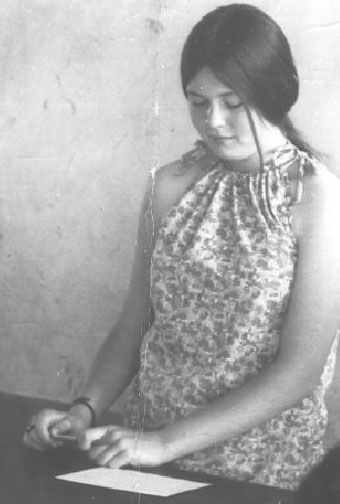
I started teaching when I was 12 years old. I was living in Seoul, Korea, where my father was serving in the Army. My first job title was Summertime Volunteer. I was responsible for teaching mentally challenged students how to swim. During the school year, I was a Library Tutor for early elementary students. On Saturday mornings, twice a month, I enjoyed helping Korean blind children learn English at the Korean Lighthouse for the Blind. I was hooked! I wanted to be a teacher!
During my high school years I continued with my newfound love working with severely mentally challenged young adults. This time proved priceless due to my responsibilities including the need to figure out how to best break down tasks and concepts so they could be easily understood—an important ability when consulting, training, and coaching.
I’m Official
I attended Northern Arizona University in Flagstaff, Arizona, earning a Bachelors of Arts degree in Elementary Education and Special Education. My first teaching position was at Sunnyside High School in Tucson, Arizona. Being the “last hired” caused me to teach in a variety of grade levels and schools during my first few years, which proved invaluable because it caused me to learn how to adapt quickly to a new environment. Likewise, changing grade levels from high school to middle grades to the first grade provided me with a unique insight into the need for a systemic mindset when considering students’ learning experiences during his or her academic years, which is a passion of mine to this day.
I received my Masters of Arts degree in Educational Leadership and Curriculum Development from Northern Arizona University with honors. My course instructors were active “in the field,” including superintendents, principals, curriculum coordinators, and even district lawyers. Oh, the stories I heard! Their shared experiences opened my eyes in a new way to the critical role administration plays in creating harmony, and sometimes disharmony, in a school or district’s life.
I was involved in committee after committee after committee, both at the school level and district level, which allowed me to experience first-hand the benefits of collaboration. I conducted a variety of district workshops and trainings, which eventually led me to reach beyond my district to investigate additional educational opportunities.
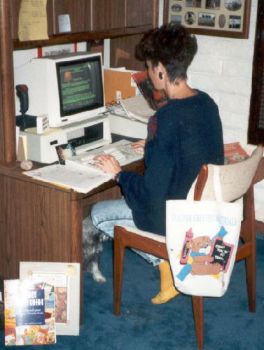
Write On!
In the mid-1980’s, I decided to try my hand at writing an educational-resource book. I submitted my manuscript to a relatively young company at that time: Teacher Created Materials (TCM). My manuscript was accepted, and I began a wonderful educational-resources writing and editing experience for TCM that lasted many years. My published titles exceeded three dozen!
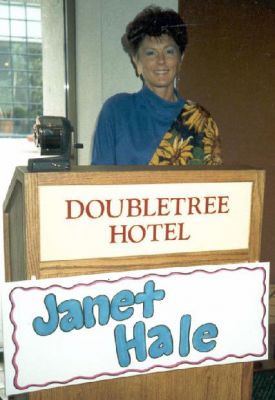
Speak Up!
I began conducting Make It and Take It workshops for TCM in the late 1980’s. During this time I approached TCM with the concept of presenting content-specific seminars. They liked my ideas. I began by creating their first seminar: Balancing Whole Language and Basic Skills. I developed and presented a wide variety of TCM seminars, workshops, and trainings, both nationally and internationally, for about 10 years before leaving to begin my own business. My desire to stay current concerning educational methods, models, frameworks, and philosophies to best meet the needs of students, teachers, and administrators proved beneficial then, as well as in my current work.
A Curriculum Focus and Instructional Lens
Given my Masters’ focus on curriculum development, as well as my passion for designing curriculum with a systemic lens, I enjoy supporting learning organizations as they design various types of units of study, assessments, and/or instructional plans.
I became intrigued with Dr. Heidi Hayes Jacobs’ curriculum-mapping concepts after reading her seminal work: Mapping the Big Picture in 1997. My professional curriculum-mapping journey began, and has continued for almost 20 years now. I delight in exploring and experiencing new variations and viewpoints related to curriculum and curriculum mapping that embrace the educational models and needs of our current times and future needs. I enjoy being a collaborative member of Dr. Jacobs’ Curriculum 21 Faculty.
My training and coaching experiences aid educators in improving their instructional practices and methodologies. I enjoy working alongside teachers using a go and show model that includes exploring new learning; modeling the new learning in action (when appropriate), applying what has been learned (and observed), and participating in collaborative reflection and feedback sessions.
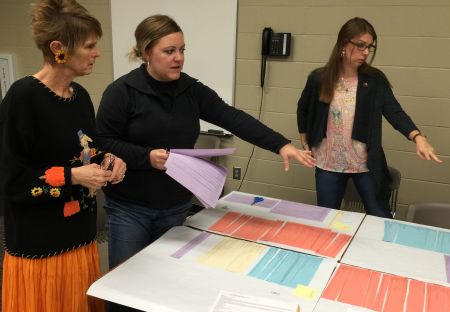
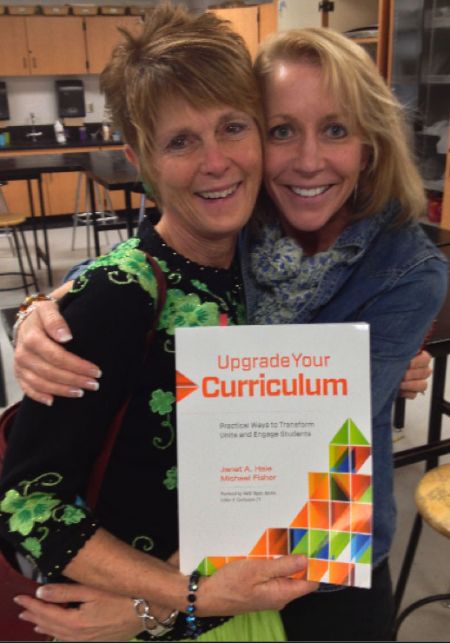
My best-selling mapping book, A Guide to Curriculum Mapping: Planning, Implementing, and Sustaining the Process (Corwin Press), is designed to help those who are just getting started and trying to make sense of “all things mapping,” troubleshooting a problematic implementation, or beginning advance mapping processes.
My second mapping book, An Educational Leader’s Guide to Curriculum Mapping: Creating and Sustaining Collaborative Cultures (Corwin Press), focuses on the climate and culture needed to ensure that curriculum mapping thrives in a learning organization.
I have also written a professional book that emphasizes the need for, and explains how to, upgrade (or modernize) curriculum, instruction, and assessments titled: Upgrade Your Curriculum: Practical Ways to Transform Units and Engage Students (ASCD).
It is a blessing to know that my educational journey is ever-evolving and allows me to grow both personally and professionally. I am thankful to everyone I have met—and will meet—for sharing in my passion and love for learning and teaching!
“Good company in a journey makes the way seem shorter.”
—Izzak Walton

